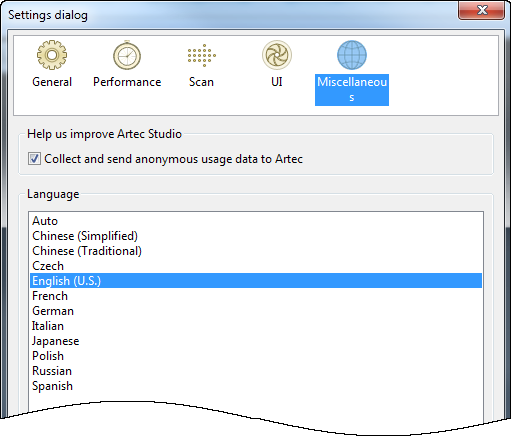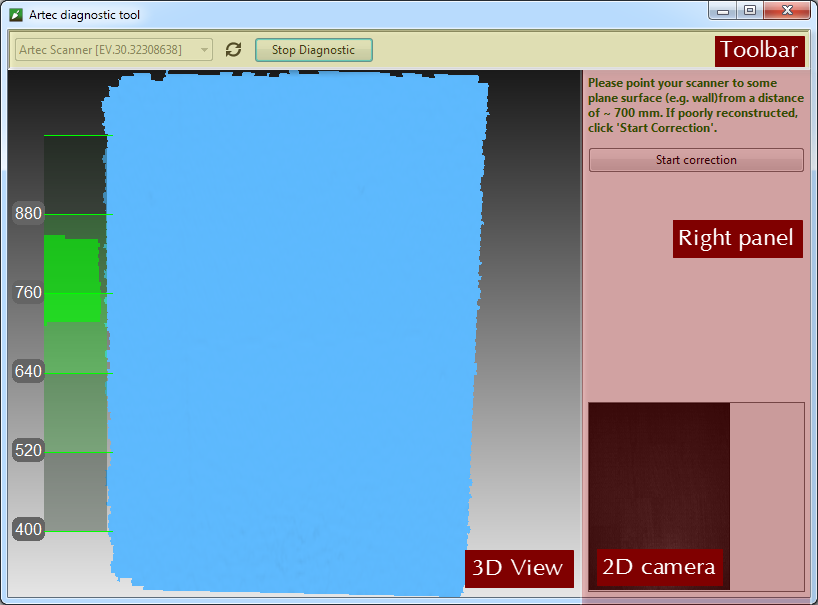
We have revised all stages of data processing to see where timeframes could be cut down. “Autopilot is really smart and efficient! It’s a great added value for the Artec solution,” said Alain Olivier, from the French company 3D Avenir specializing in additive manufacturing technologies for businesses.Īlong with Autopilot, Artec Studio 11 offers the possibility to process data manually and edit the scans’ geometry and texture with a selection of tools, such as the 2D and 3D erasers, texture brushes, the mesh simplification algorithm and more.

Through the end of 2016 we are offering users of Artec Studio 9 and 10 special prices for upgrading their licenses to Artec Studio 11 Professional.Īrtec Studio 11 has won a great deal of positive reviews from industry pros for its Autopilot mode that relieves the user of the need to choose how their data should be processed.Īrtec Studio 11 has won a great deal of positive reviews from industry pros for its Autopilot mode that relieves the user of the need to choose how their data should be processed – Autopilot asks them a few quick questions about the object they’ve just scanned and the type of 3D model they need, and then automatically builds an accurate 3D model.
ARTEC STUDIO 11 PROFESSIONAL TOOLS LICENSE
You will be redirected to your account on my. and will see the discounted price of upgrading your current license to AS 11. Please proceed to the Artec online store, add 1 lifetime license of Artec Studio 11 Professional to the cart and go to Checkout.
ARTEC STUDIO 11 PROFESSIONAL TOOLS UPGRADE
3D Printing sacrificial tooling expands the portfolio within a composite-manufacturing facility and allows design by application need, not manufacturing limitations.For those who wish to upgrade from AS 9 and 10, the standard price of 1,450 USD for 1 lifetime license of AS 11 Professional has been reduced to 1,200 USD and 600 USD respectively. The benefit of printing sacrificial tools, jigs and fixtures, and production parts using the same 3D Printer easily justifies the equipment and material cost, while developing capabilities and competitive advantage over other composite manufacturers. The ability to quickly make multiple design iterations allows composite manufacturers to meet customer requirements without the need to produce conventional lay-up tooling, saving the manufacturer and customer time, resources and capital expense. 3D Printing sacrificial tooling, similar to composite manufacturing using eutectic salt tooling, ensures that manufacturers can produce trapped-tooling shapes without the need for multi-piece tools.

3D Printing sacrificial tooling is suitable for the low volumes and high product mix typical in the composites industry.




 0 kommentar(er)
0 kommentar(er)
